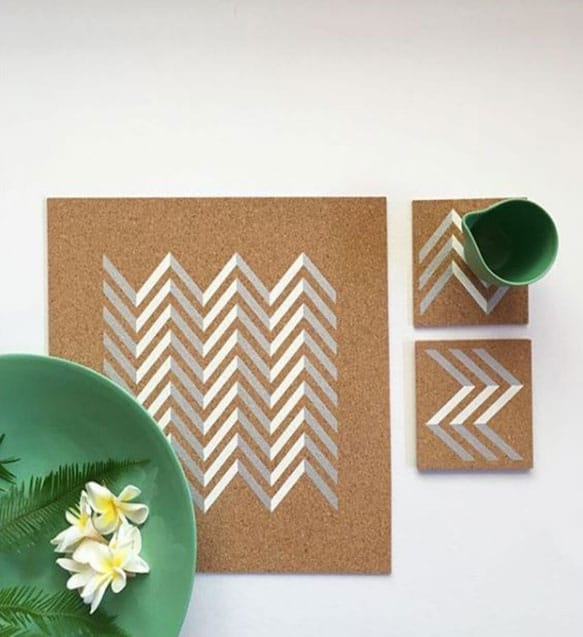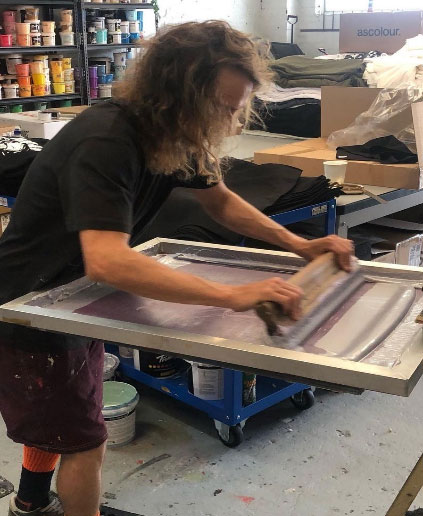How to screen print on different kinds of fabrics
With today’s techniques and modern screen printing inks, it’s possible to achieve great results no matter what fabric you choose to print on. Here are some tips for screen printing on various textiles using water-based inks.
This is a big topic, so we’ll break it down a bit. First up, we’ll look at fibre type. Second, fabric construction (e.g. weave or knit) and finally, we’ll look at texture.
Cotton fabrics
Cotton and cotton blends are popular choices for most textile screen printers. Cotton yarn is typically multifilament and as such, tends to absorb ink more readily than synthetics. Cotton knits in particular are often soft, whilst woven cotton can be cool in summer and warm in winter. There is also increasing adoption of organic cottons as the world seeks sustainable ways of existing in greater harmony with the planet.
With any print on any fabric, you’ll need to cure the print. Whilst drying tunnels are what professionals use, a start up business will be more likely to use a heat press or flash dry unit for reasons of both cost and space. Cottons can also be tumble dried, hand ironed or even baked at low heat to cure.
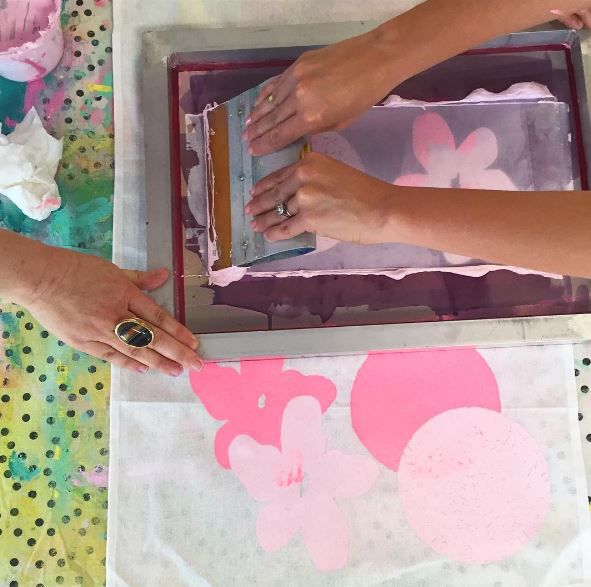
Silk fabrics
Highly valued properties of silk include softness, high lustre and an exceptional warmth to weight ratio. That said, there are a number of ways that silk can be woven to create fabrics like taffeta, chiffon or crêpe or knitted as a jersey.
When printing on silk, you’ll need to take particular care to prevent the fabric from moving around on the print table or platen. To avoid fabric movement, use PERMASET Table Adhesive to keep the fabric firmly in place, particularly if printing multi-colour designs. If the weave of the silk is very fine, then you should use a higher mesh count screen. However, this can present some challenges, particularly for new printers.
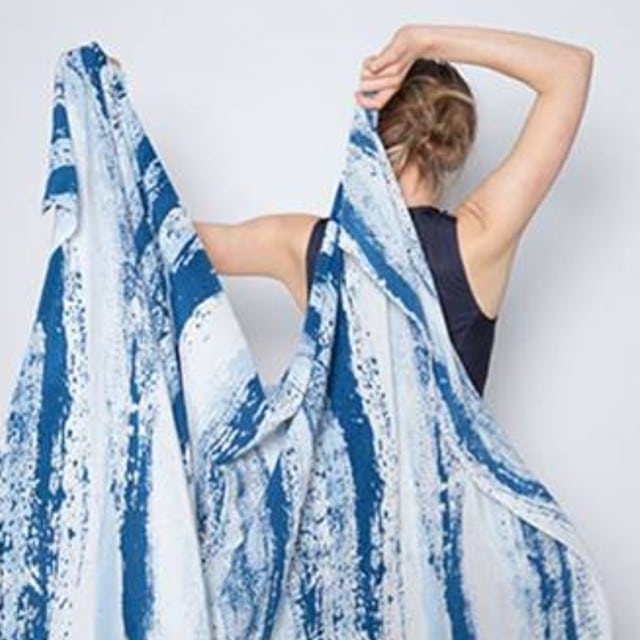
Wool fabrics
Wool fibres generally offer a less absorbent fabric surface for screen printing. It is not uncommon for wool fibres to retain a coating of lanolin (wool grease). This is a plus for staying warm when wet, but a negative for screen printing with water-based inks. The wash, rub and dry-clean resistance of most wool prints is likely to be compromised.
However, wool/silk and wool/cotton blends are eminently printable. For new printers however, printing on pure wool is possibly best left until you’ve gained more experience.
Generally, the thicker the fabric, the more silk screen fabric ink will generally be required. If the fabric is textured, then detailed prints are not ideal. For coarse fibres, you’d be best to aim for a less complex design and aim detailed designs with a crisper result to fine fabrics only. This holds for other fibres as well as wool.
Acrylic and polyester fabrics
Synthetic fibres, including nylon, acrylics and polyester for example, are typically less porous than natural fibres, so one challenge can be getting the screen print ink to actually adhere to them as well as they do to cotton fibre. Fortunately, there are a number of simple solutions. For example, addition of PERMASET Synthetic Fixer can significantly improve adhesion of the ink to polyester and acrylic blends for a more durable result.
Jersey fabrics
T-shirts are typically made from pure cotton or polyester/cotton blends and constructed as a Jersey knit; this stretchy fabric tends to print quite well. Water based textile inks will provide a superior result compared to plastisol inks that sit on top of the fabric. Water based inks offer a vastly softer result. As with silk, the softer jersey construction increases the likelihood of the fabric moving during printing and between prints, so be sure to use PERMASET Table Adhesive to ensure that your fabric remains in place while you print.
You can view all Permaset water based inks and accessories in our online shop. If you’re searching for the right water based fabric paint for screen printing, call Permaset on +61 (2) 9939 7977 or contact us. We’re always here to help you find the perfect water based inks for your project.
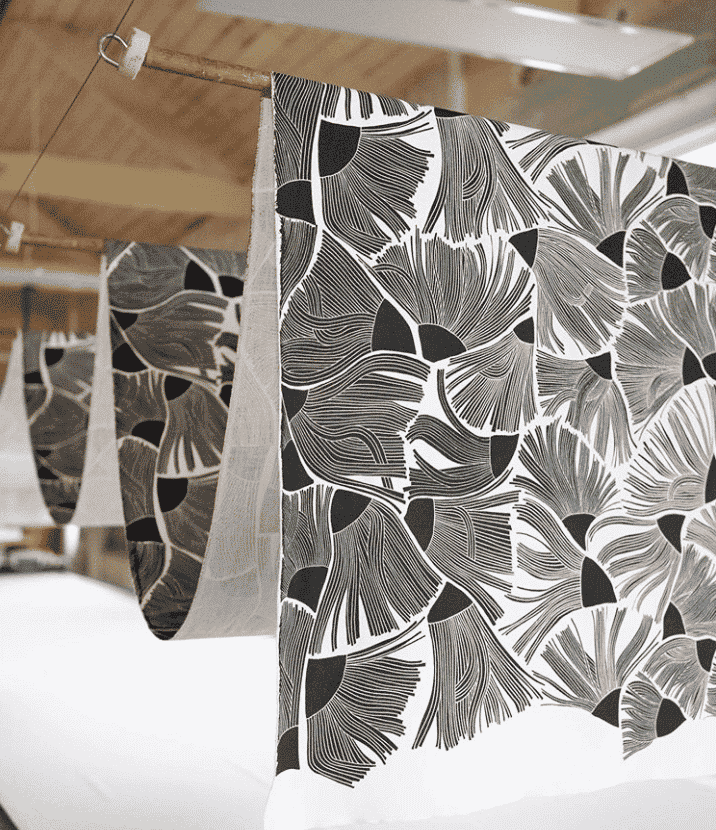
© COLORMAKER INDUSTRIES 2022
Subscribe to get the latest inspiration, news & advice direct to your inbox
More articles
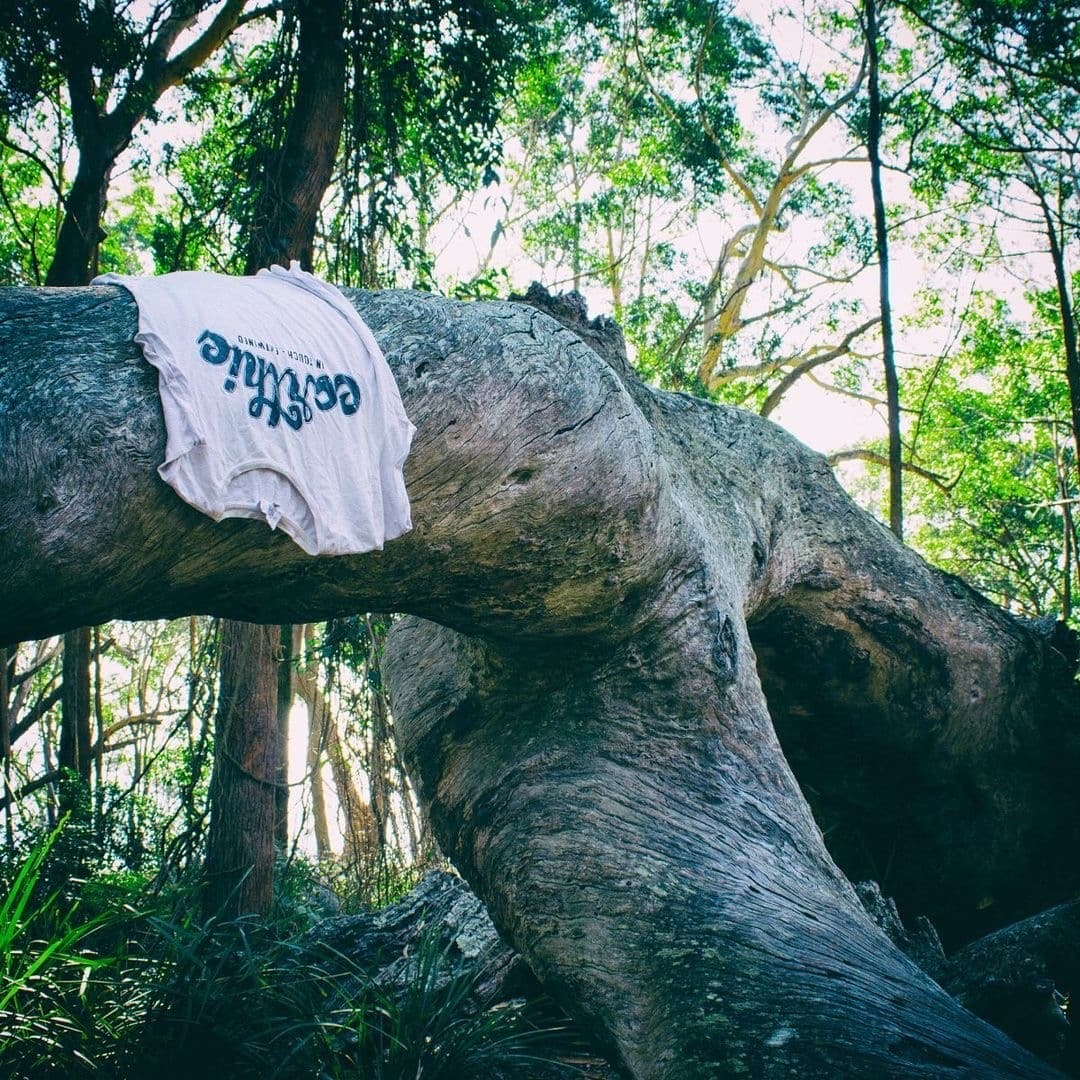 @imearthie
@imearthie
Clothing label I’m Earthie shares how they strive to be a truly sustainable brand
Clothing label I’m Earthie shares how they strive to be a truly sustainable brand
